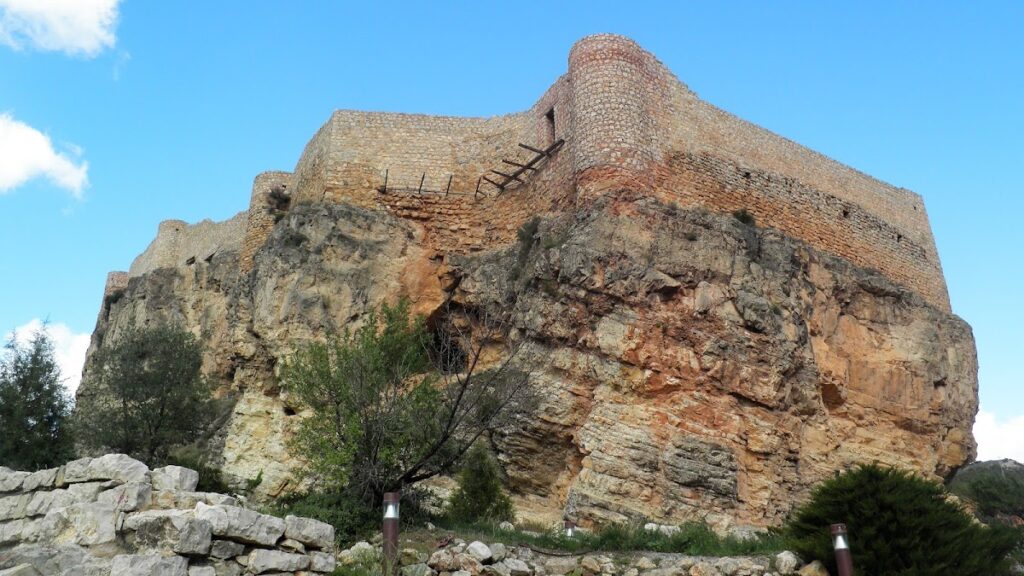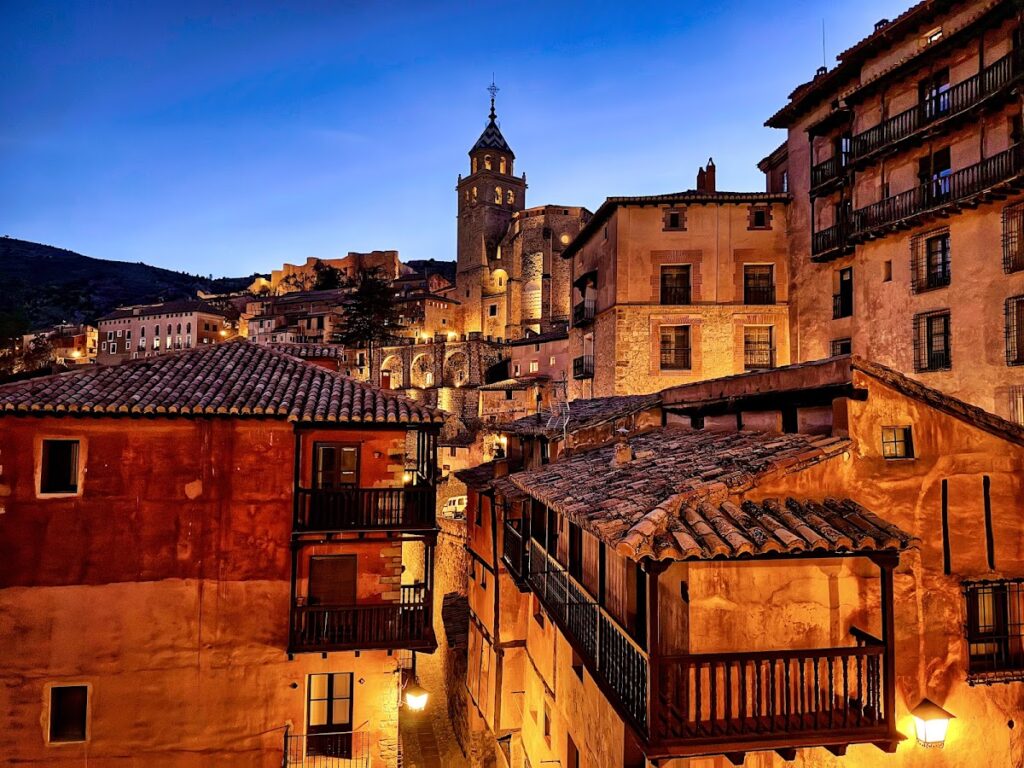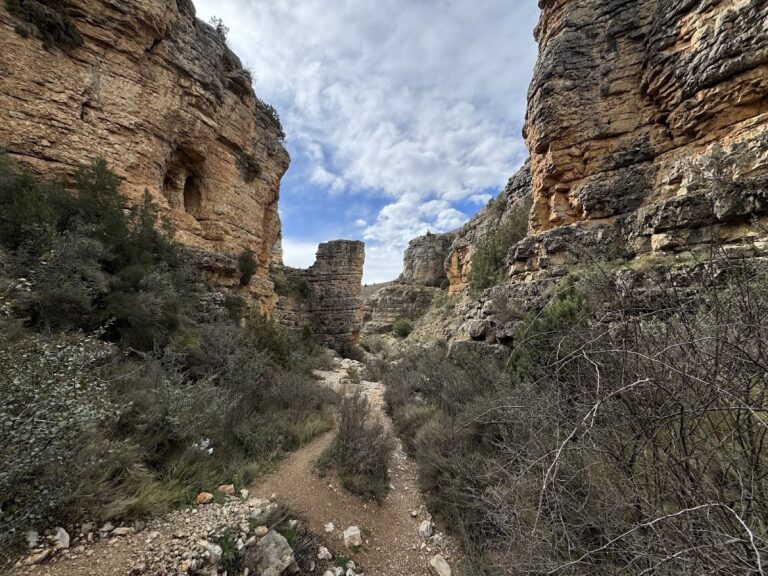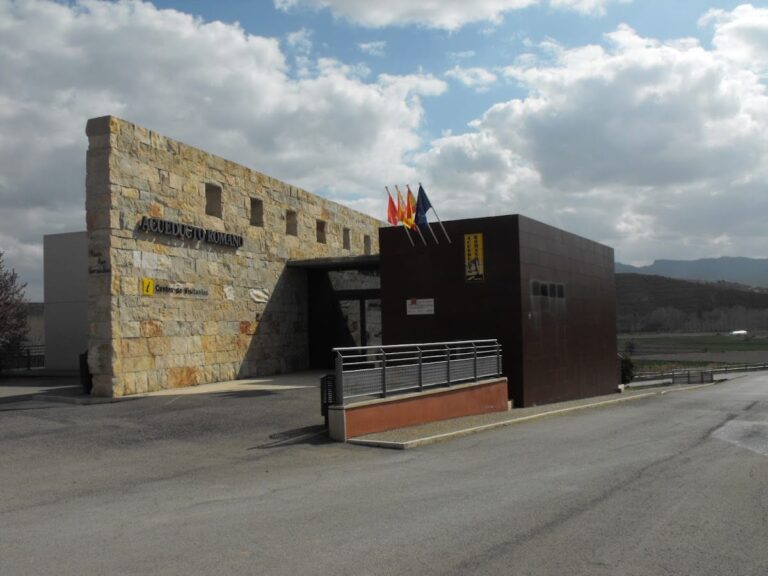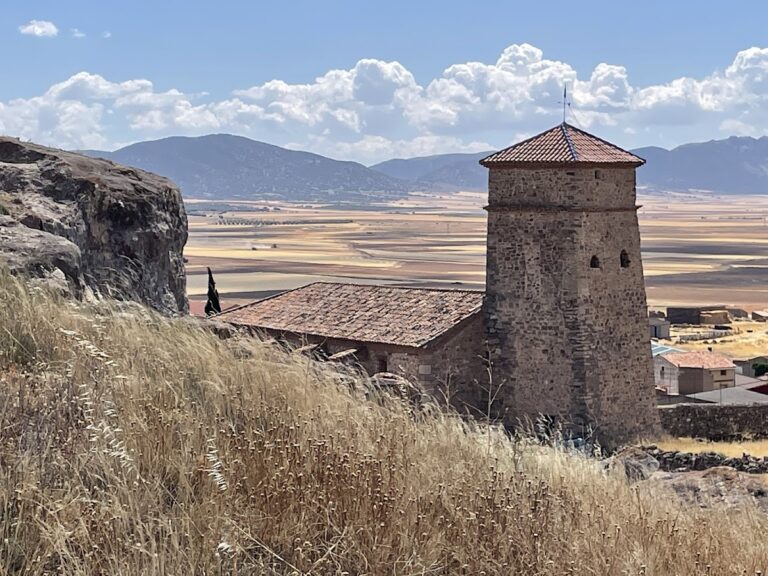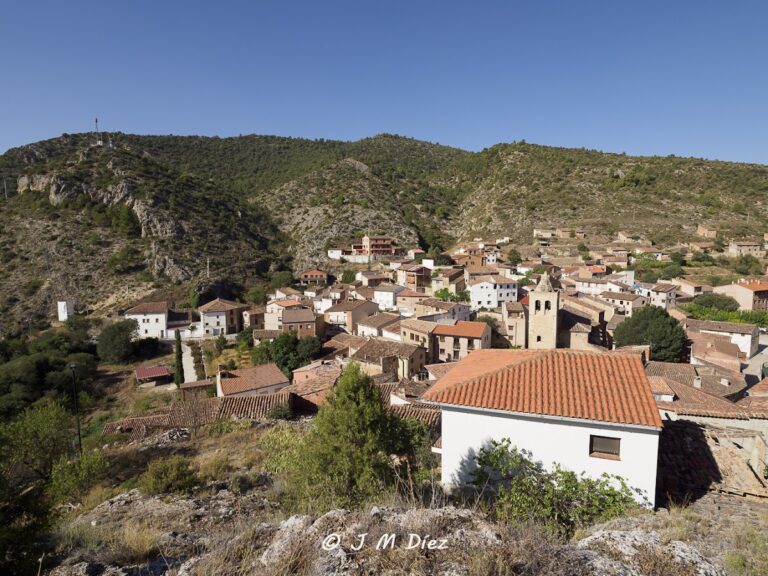Castillo de Albarracín: A Medieval Fortress in Spain
Visitor Information
Google Rating: 4.4
Popularity: Low
Google Maps: View on Google Maps
Official Website: fundacionsantamariadealbarracin.com
Country: Spain
Civilization: Unclassified
Remains: Military
History
The Castillo de Albarracín is a medieval fortress located in the town of Albarracín, Spain. It was originally built by the Banu Razín clan during the 10th century as part of their control over the district known as as-Sahla, under the Caliphate of Córdoba. This stronghold later became the citadel, or alcazaba, of the Taifa of Albarracín following the political fragmentation of the Caliphate.
During the late 11th century, the fortress developed further with the construction of a palatial residential area on its southern slope, consisting of three houses and a granary, reflecting the importance and wealth of its occupants. The castle remained an active center of local power until the mid-12th century, when portions of it were deserted.
In the latter part of the 12th century, parts of the southern residences were reoccupied and significantly altered, corresponding with the arrival of feudal settlers from the Kingdoms of Aragon and Navarre around 1170. This marked a shift in the social and political order of the fortress.
Following a siege led by King Peter III of Aragon, the castle underwent major reconstruction. The previous internal buildings were cleared to make way for two new rectangular structures near the western and southern walls intended to serve as quarters for a small military garrison.
The last known use of the fortress occurred in the late 16th century, when it housed troops under the reign of Philip II. Historical records from this period note masonry repairs before the castle ultimately fell into disuse, suffering extensive neglect and looting thereafter.
Archaeological excavations and restorations took place in the late 20th and early 21st centuries, uncovering significant medieval ceramics and structural elements. These studies have helped to better understand the castle’s historical transformations from an Islamic taifa fortress to a feudal and royal military site.
Remains
The castle occupies an elevated position organized into three main sectors: the primary residence, an eastern building, and an enclosed inner area. The main residence is a sizable trapezoidal structure arranged around a central open courtyard. Beneath this courtyard lie two rectangular water storage tanks called aljibes, which were essential for supplying water within the fortress.
One wing of the main residence houses a hammam, or traditional hot bath complex, which includes an intricate hypocaust system. This heating design features a lower chamber to circulate hot air beneath the floors, an elevated bathing room supported by small pillars, a fire chamber to generate heat, and an attached latrine, all integrated within the living quarters. These facilities underscore the high status of the fortress occupants and the cultural significance of water in their courtly life.
To the east, a rectangular building with notably thick walls forms part of the defensive layout. On the southern slope, archaeologists uncovered a palatial residential complex comprising three individual houses, each centered around paved patios with built-in benches. One of these houses, identified as House II, is distinguished by a portico featuring three arches, adding a refined architectural element to the site. Adjacent to this residential zone are military barracks positioned near a defensive tower, highlighting the site’s combined domestic and military functions.
After the 13th-century siege and subsequent rebuilding, two new rectangular structures were added along the western and southern perimeter walls. These buildings served to accommodate a small garrison stationed within the fortress, indicating its ongoing military role.
The enchanting layering of construction from the 11th to 16th centuries remains visible across the site, with architectural fragments and layouts revealing its evolution over time. The castle also houses one of the richest medieval ceramic finds in the region, with several pieces preserved in nearby museums, providing valuable insight into the material culture of its successive occupants.
